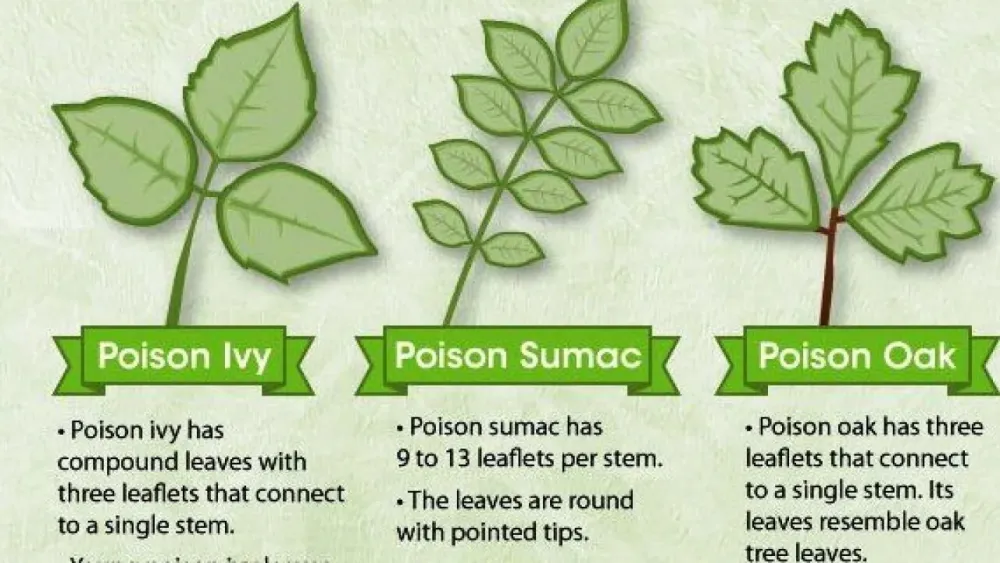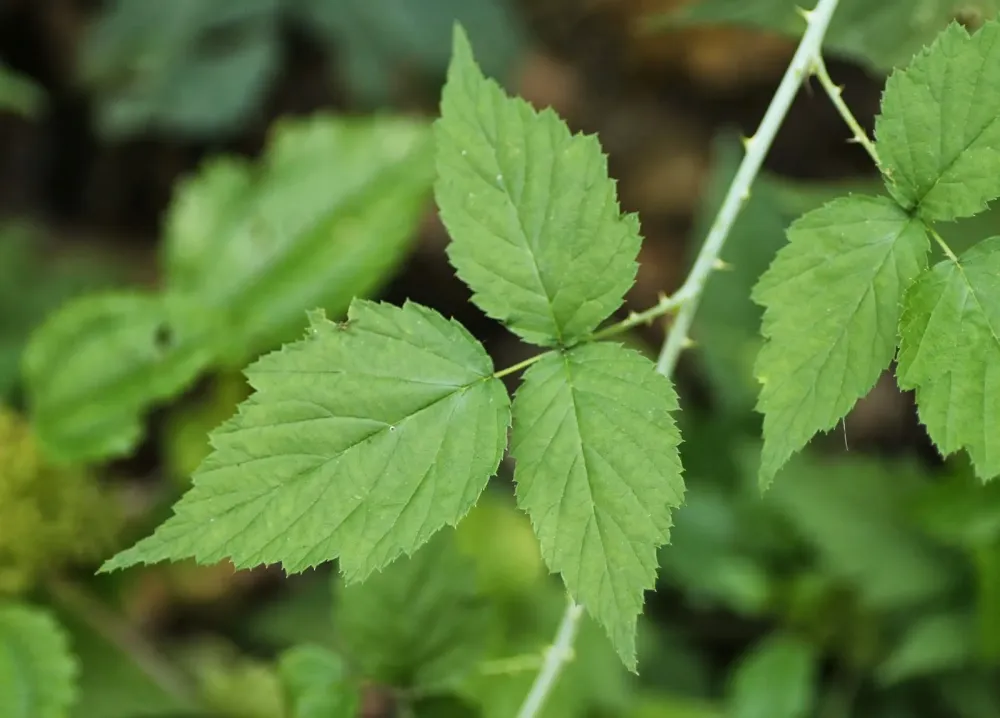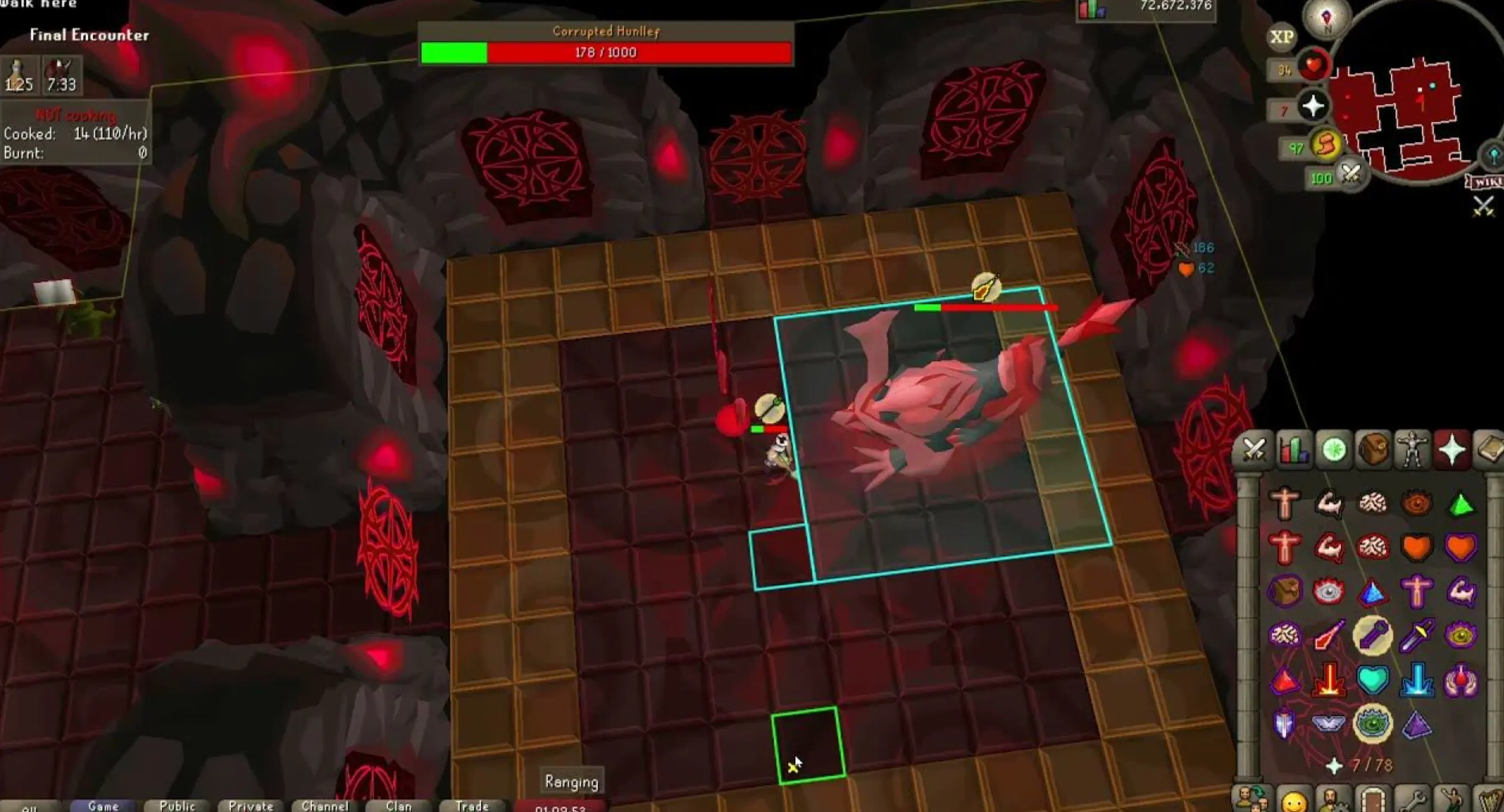Your cart is empty
Understanding Poison Ivy Bushes in OSRS: A Comprehensive Guide

Poison Ivy is a notable plant in Old School RuneScape (OSRS), primarily associated with the Herblore skill. This bush is integral for players looking to complete specific quests, gather materials, and engage in crafting potions. Understanding the characteristics and uses of Poison Ivy can enhance gameplay, especially for those interested in Herblore and its associated activities. This guide aims to provide a thorough overview of Poison Ivy in OSRS, focusing on its definition and the locations where players can find these bushes.
In Old School RuneScape, Poison Ivy is a type of bush that players can find in various locations throughout the game. It is primarily known for producing Poison Ivy Berries, which are used to create anti-poison potions and other useful items. When harvested, the berries can be used in Herblore to create potions that can cure poison or enhance player abilities. The bush itself is identifiable by its distinctive three-leaf structure, resembling real-world poison ivy. Players must be cautious when harvesting these berries, as getting too close without proper precautions can lead to taking damage from the poisonous plant. Additionally, players can collect the berries using the Farming skill, which contributes to their overall experience and skill levels.
Location of Poison Ivy Bushes

Poison Ivy bushes can be found in a few specific locations throughout the OSRS world. One of the most accessible locations is in the Tree Gnome Stronghold, situated near the entrance to the stronghold. This area is often frequented by players due to its proximity to other training areas and quests. Another notable spot is located in the Taverley area, specifically near the Taverley Dungeon entrance. Additionally, players can find Poison Ivy bushes on the outskirts of the Mort Myre Swamp, providing a more secluded harvesting experience.
For players seeking to gather Poison Ivy Berries efficiently, it is advisable to access the bush locations during off-peak hours to avoid competition and maximize yield. Furthermore, using items that enhance Farming experience, such as the Magic Secateurs, can increase the quantity of berries harvested from each bush. It is also worth noting that the bushes can be re-harvested after a certain period, allowing for sustainable gathering of resources over time. This makes Poison Ivy bushes an excellent source for players focused on leveling up their Herblore skill.
How to Identify Poison Ivy Bushes
Identifying Poison Ivy bushes in Old School RuneScape (OSRS) can be tricky but is essential for players looking to gather resources or avoid unwanted encounters. Here are some key characteristics to help you spot these pesky plants:
- Appearance: Poison Ivy bushes typically have a distinct, bushy look. The leaves are glossy and have a vibrant green color, often with a slightly serrated edge.
- Leaf Structure: The leaves are arranged in clusters of three, a classic hallmark of poison ivy. Remember the saying: “Leaves of three, let them be!”
- Growth Location: These bushes are commonly found in wooded areas or near nature-related activities. Look for them along paths or in the vicinity of other nature-based resources.
- Interactive Icon: When you hover over a Poison Ivy bush, it will often display an interactive icon, indicating that you can gather resources from it.
By keeping these identifying features in mind, you’ll be better equipped to recognize Poison Ivy bushes when exploring the vast world of OSRS. Just remember to approach with caution, as interacting with them can lead to some interesting consequences!
Benefits of Poison Ivy Bushes
Despite their notorious reputation in the real world, Poison Ivy bushes in OSRS offer several benefits that players can take advantage of. Here’s a breakdown of what you can gain from these plants:
- Resource Gathering: Poison Ivy bushes are a source of valuable resources, particularly the Poison Ivy berries, which can be used in various potions and food items.
- Herblore Experience: Interacting with these bushes often provides players with much-needed experience points in Herblore, a skill essential for potion-making and enhancing gameplay.
- Quests and Tasks: Some quests and tasks in OSRS require players to collect Poison Ivy or its berries, making these bushes integral to progressing in the game.
- Combat Benefits: Certain items crafted from Poison Ivy can offer combat advantages, such as using the berries to create special potions that enhance stats or provide healing.
In summary, while Poison Ivy bushes might seem like a nuisance, they play a crucial role in resource gathering and skill development in OSRS. Embrace the benefits they offer, and you’ll find them to be a valuable addition to your gameplay strategy!
How to Harvest Poison Ivy Berries
If you’re looking to collect Poison Ivy Berries in Old School RuneScape (OSRS), you’re in for a treat! These berries are not only useful but also a fun item to gather. Here’s how you can effectively harvest them:
- Location: Poison Ivy Berries can be found in the Taverley area, specifically on Poison Ivy bushes. These bushes are located near the entrance to the Taverley Dungeon.
- Level Requirement: You need a Farming level of at least 36 to harvest these berries. Make sure to level up your Farming skill if you haven’t reached this milestone yet.
- Gathering Method: To harvest the berries, simply interact with the Poison Ivy bush. Click on the bush and choose the option to “Pick Berries”. You can gather up to 5 berries from a single bush, and they will respawn after a certain period.
- Inventory Space: Ensure you have enough space in your inventory. Poison Ivy Berries take up one slot each, so plan accordingly.
- Using a Secateurs: If you have a pair of secateurs in your inventory, you can increase your yield, allowing you to harvest more berries from each bush.
Remember, harvesting these berries can be a bit of a waiting game, as the bushes have a respawn timer. Enjoy the process, and keep your eyes peeled for other useful materials while you’re out and about!
Common Uses for Poison Ivy Berries
Poison Ivy Berries aren’t just pretty to look at; they serve several practical purposes in OSRS. Here’s a rundown of their most common uses:
- Farming: These berries can be used to create various potions. They are especially useful for players who are into Herblore, as they can be combined with other ingredients to create potent potions.
- Combat: When consumed, Poison Ivy Berries can temporarily boost your Ranged skill, making them valuable for players looking to enhance their combat performance.
- Crafting: You can also use Poison Ivy Berries in crafting processes. They can be combined with other items to create unique products that may be beneficial in various gameplay scenarios.
- Quests: Certain quests may require Poison Ivy Berries as part of the quest items. Always check your quest log to see if you need to gather them for quest completion.
- Trade Value: If you’re not using them yourself, Poison Ivy Berries can be traded with other players. Always keep an eye on the Grand Exchange for the best prices!
So whether you’re looking to boost your skills, complete quests, or trade for some gold, Poison Ivy Berries are versatile and valuable items in your OSRS journey!
7. Tips for Avoiding Poison Ivy Damage
When adventuring in the world of Old School RuneScape (OSRS), avoiding the damage caused by poison ivy bushes can save you a lot of trouble. Here are some effective tips to help you steer clear of this pesky plant:
- Pay Attention to Your Surroundings: Always be aware of the environment you’re in. Poison ivy bushes are often found in specific areas, like the Taverley area and near the Tree Gnome Stronghold. Familiarize yourself with these locations.
- Use the Right Gear: Equip armor and items that provide poison resistance. For instance, wearing the Serpentine Helm or carrying Antipoison Potions can greatly reduce the chance of taking damage.
- Stay on Paths: Whenever possible, stick to the pathways. Poison ivy bushes typically grow off the beaten track, so keeping to the roads can help you avoid them.
- Know Your Quests: If you’re on quests that require you to venture near poison ivy bushes, plan ahead. Make sure you have enough supplies to counteract the poison, such as food or potions.
- Use Teleports Frequently: Use teleports to quickly escape from areas where poison ivy bushes are common. This can be especially useful if you’re farming or gathering resources.
By following these tips, you can minimize the chances of suffering from poison damage while enjoying your time in OSRS.
8. Frequently Asked Questions about Poison Ivy in OSRS
When it comes to poison ivy bushes in OSRS, players often have many questions. Here are some of the most common queries, along with their answers:
| Question | Answer |
|---|---|
| What damage does poison ivy cause? | Poison ivy bushes deal 4 damage every 1.5 seconds when you come into contact with them, and you will continue to take damage until you’re healed or use an antidote. |
| How can I cure poison damage? | You can cure poison damage by using Antipoison Potions, Super Antipoison Potions, or by consuming food that heals you. |
| Are there any quests involving poison ivy? | Yes, quests such as “The Tree Gnome Village” may have you encounter poison ivy bushes, so be prepared! |
| Can I avoid poison ivy bushes entirely? | While you can minimize contact by following paths and staying alert, some quests and areas may require you to cross them. Always be ready with antidotes! |
If you have more questions, feel free to ask other players or check forums for additional insights. Understanding how to handle poison ivy can enhance your gameplay experience in OSRS!

